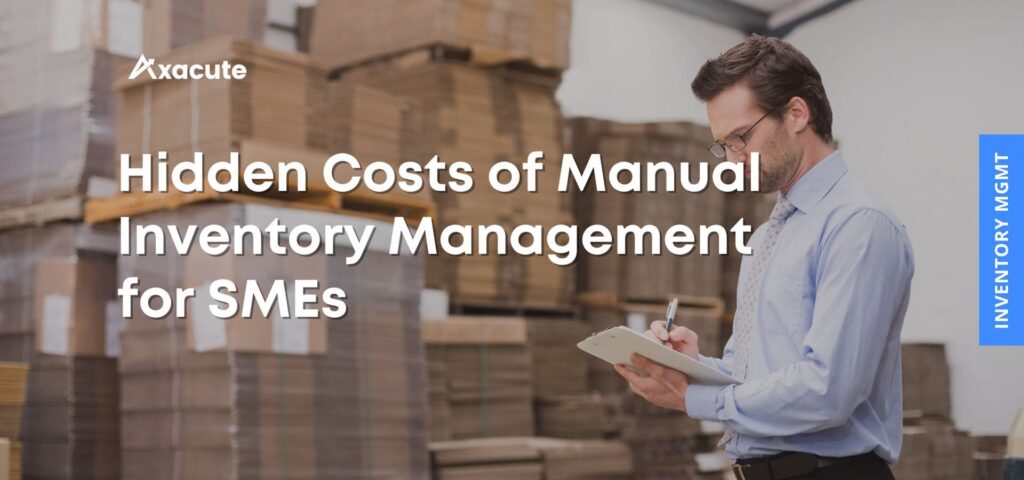Multi-Level Bill of Materials: A Comprehensive Guide

What is Multi-Level Bill of Materials
A Multi-level Bill of Materials (MBOM) is a document that lists all the components and subassemblies that make up a product. Unlike a traditional BOM, which only shows the top-level components, an MBOM provides a detailed breakdown of each subassembly and its components. In other words, it illustrates the hierarchy of a product’s structure, which is especially useful when dealing with complex products.
For example, consider the case of manufacturing a car. The top-level BOM for the car might include the major components such as the engine, chassis, and body. However, each of these components consists of subassemblies and individual parts. The MBOM for the car would clearly show this hierarchy, such as the engine being composed of the block, crankshaft, pistons, and other parts.
Why is Multi-Level Bill of materials Important?
A Multi-level Bill of Materials is important because it provides a detailed view of the product’s components and how they fit together. This can be useful in several ways:
1. Manufacturing Efficiency
By clearly understanding a product’s components and how they fit together, manufacturers can optimize their production processes. As a result, they achieve faster production times, reduce costs, and improve quality control.
2. Supply Chain Management
An MBOM also supports effective supply chain management. By knowing exactly which components are needed and in what quantities, manufacturers can maintain the right inventory levels and avoid shortages.
3. Product Design
A detailed MBOM also enhances product design. By understanding the hierarchy of components, designers can make informed decisions to optimize the product for performance, cost, and ease of assembly.
How to create Multi-Level Bill of Materials?
Creating a Multi-level Bill of Materials can be a complex process, but following these best practices can help:
1. Define the Product Hierarchy
The first step in creating an MBOM is defining the product hierarchy. This process involves breaking down the product into its major components and subassemblies. In addition, each subassembly should appear as a separate item in the MBOM.
2. Define relationship between components
Once the product hierarchy is defined, the next step is to establish the relationships between components. This means specifying which components belong to each subassembly and how they fit together. Manufacturers can document this information through diagrams or written descriptions.
3. Specify quantities and unit of measure
Each component and subassembly in the MBOM should include a specified quantity and unit of measure. This detail is essential for managing inventory and ensuring the correct amount of each component is ordered.
4. Incorporate manufacturing processes
The MBOM should also incorporate manufacturing processes. This involves specifying which processes are required to produce each subassembly and component, as well as any special instructions or requirements.
5. Use a standardized format
To ensure consistency and ease of use, manufacturers should adopt a standardized format for the MBOM. This includes applying consistent terminology, numbering, and formatting across all components and subassemblies.
6. Keep the BOM up-to-date
As changes occur in the product or manufacturing processes, the MBOM should be updated accordingly. In doing so, manufacturers ensure the document remains accurate and continues to support effective production and inventory management.
Challenges in implementing a Multi-level Bill of Materials
While a Multi-level Bill of Materials can be a valuable tool, there are also some challenges that companies may face when implementing one:
1. Data management
Creating and maintaining an MBOM often requires significant data management. This involves tracking changes, maintaining consistency across multiple versions, and ensuring data accuracy.
2. Training and education
Employees responsible for working with the MBOM may also need additional training and education. This ensures they understand the document thoroughly and know how to use it effectively.
3. Integration with other systems
An MBOM may also need integration with other systems, such as inventory management or Enterprise Resource Planning (ERP) software. As a result, additional work may be required to ensure accurate data transfer between systems.
Conclusion
A Multi-level Bill of Materials is a powerful tool for managing complex products and streamlining manufacturing processes. By offering a detailed view of product components and their relationships, an MBOM helps improve manufacturing efficiency, strengthen supply chain management, and enhance product design. At the same time, implementing an MBOM can present challenges, including data management, employee training, and system integration.
Overall, a Multi-level Bill of Materials provides significant value by helping companies optimize production processes and improve their bottom line. By following best practices and addressing common challenges, businesses can create effective MBOMs that keep them competitive in today’s fast-paced environment.
Categories
- Axacute Highlights (3)
- Blog (146)
- Distribution (4)
- Features (5)
- Industry (2)
- Inventory (67)
- Manufacturing (72)
- Production (33)
- Technology (30)
- Warehouse (66)
- Wholesale (2)
Related
Benefits of an Inventory Management System
The Hidden Costs of Manual Inventory Management for SMEs
Improve Inventory Management and Cut Waste with Axacute
Smart Scanning, Smarter Manufacturing
Real-Time Warehouse Alerts: How to Prevent Stockouts
Connect Axacute to Your ERP for Smarter Operations
Intelligent Warehouse Setup
Level up your productivity
Get started with Axacute and improve your business operations.







